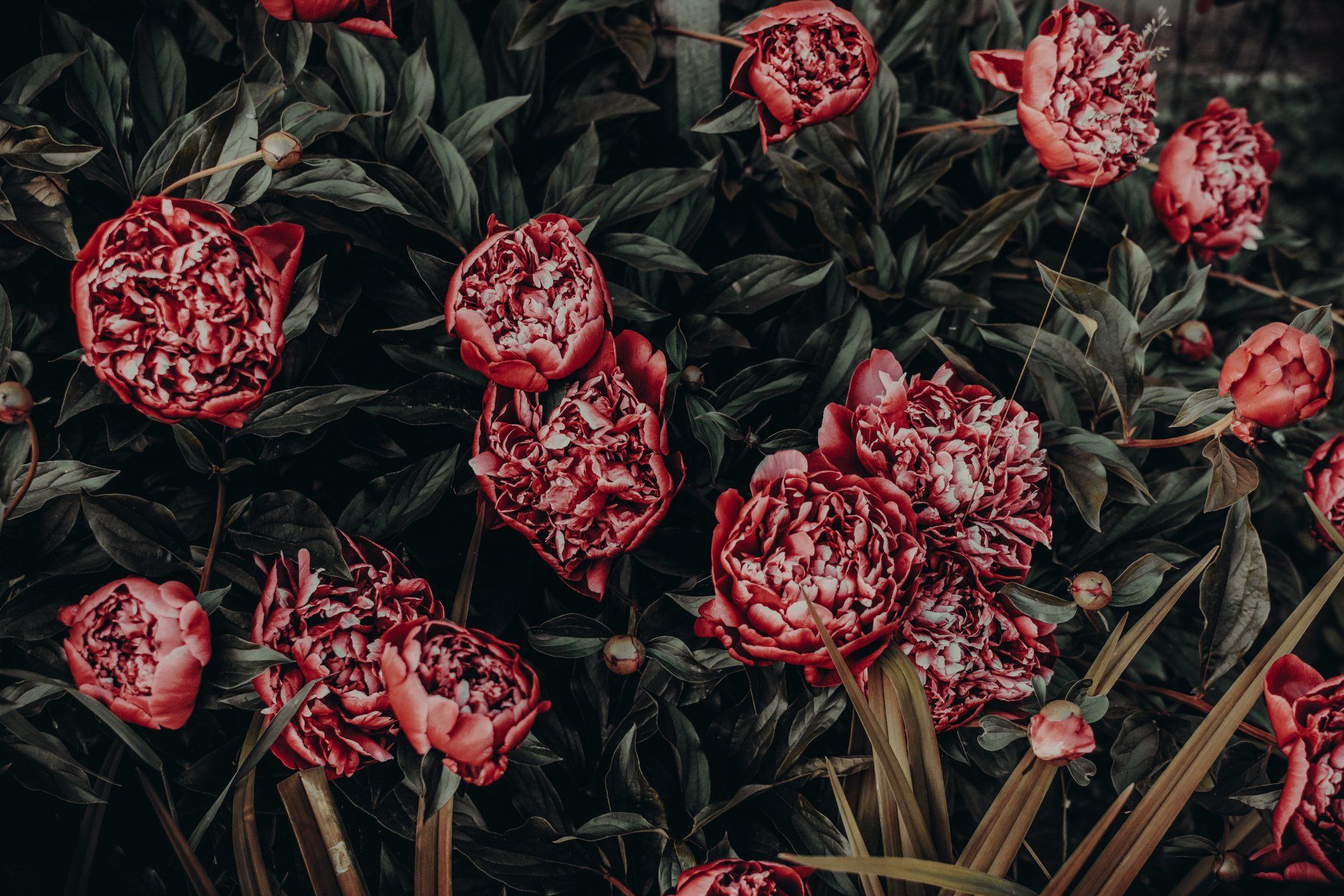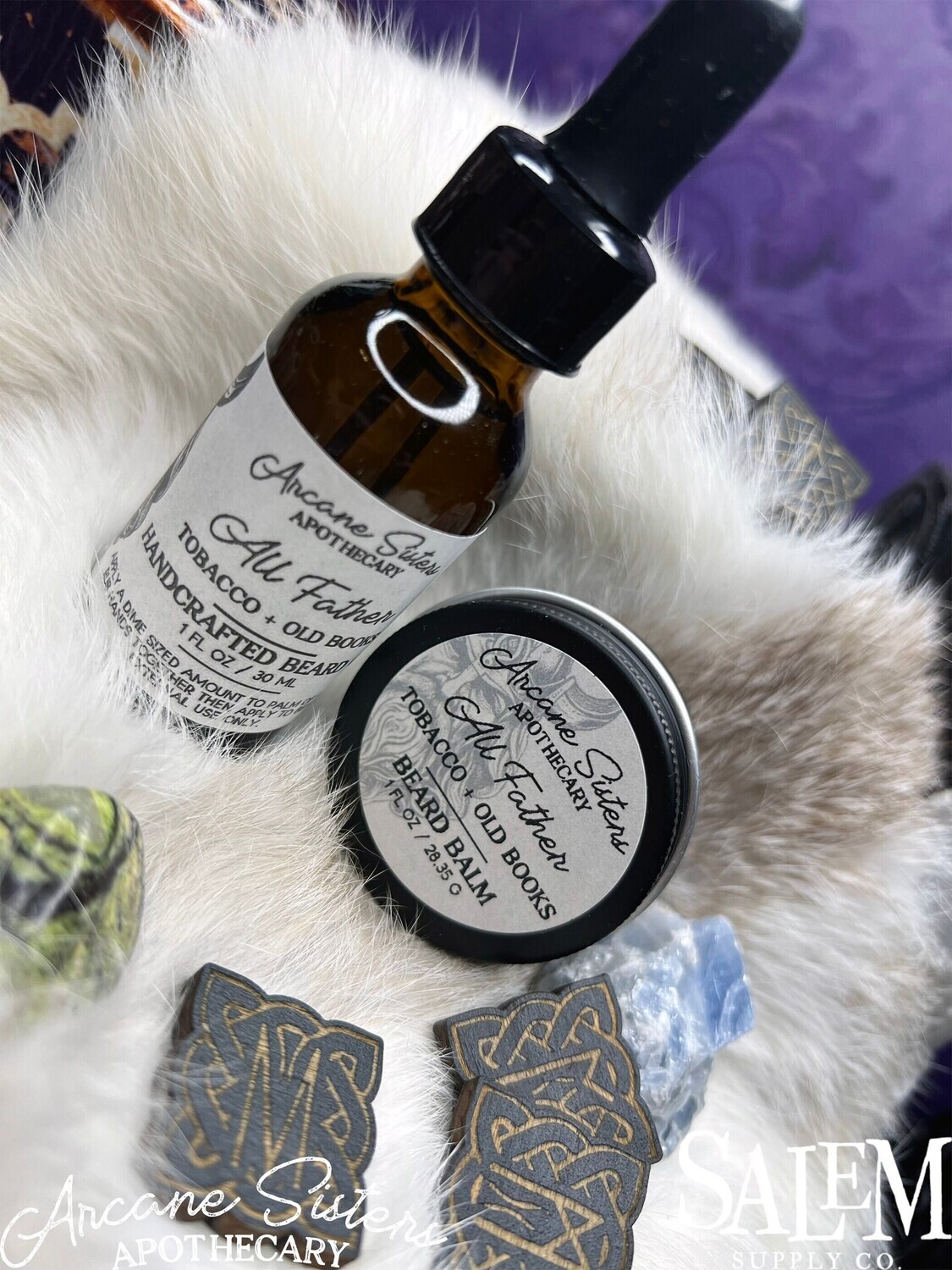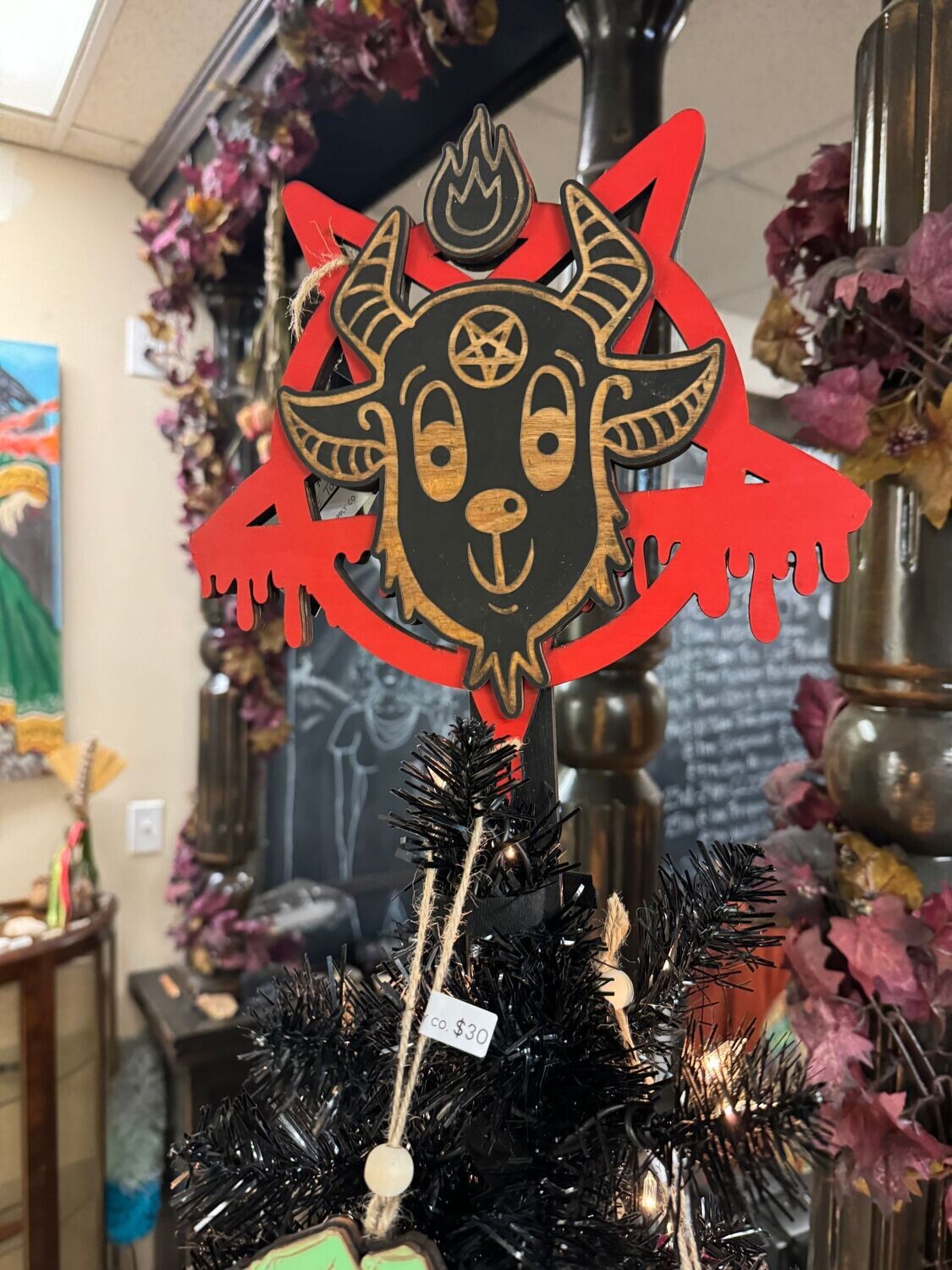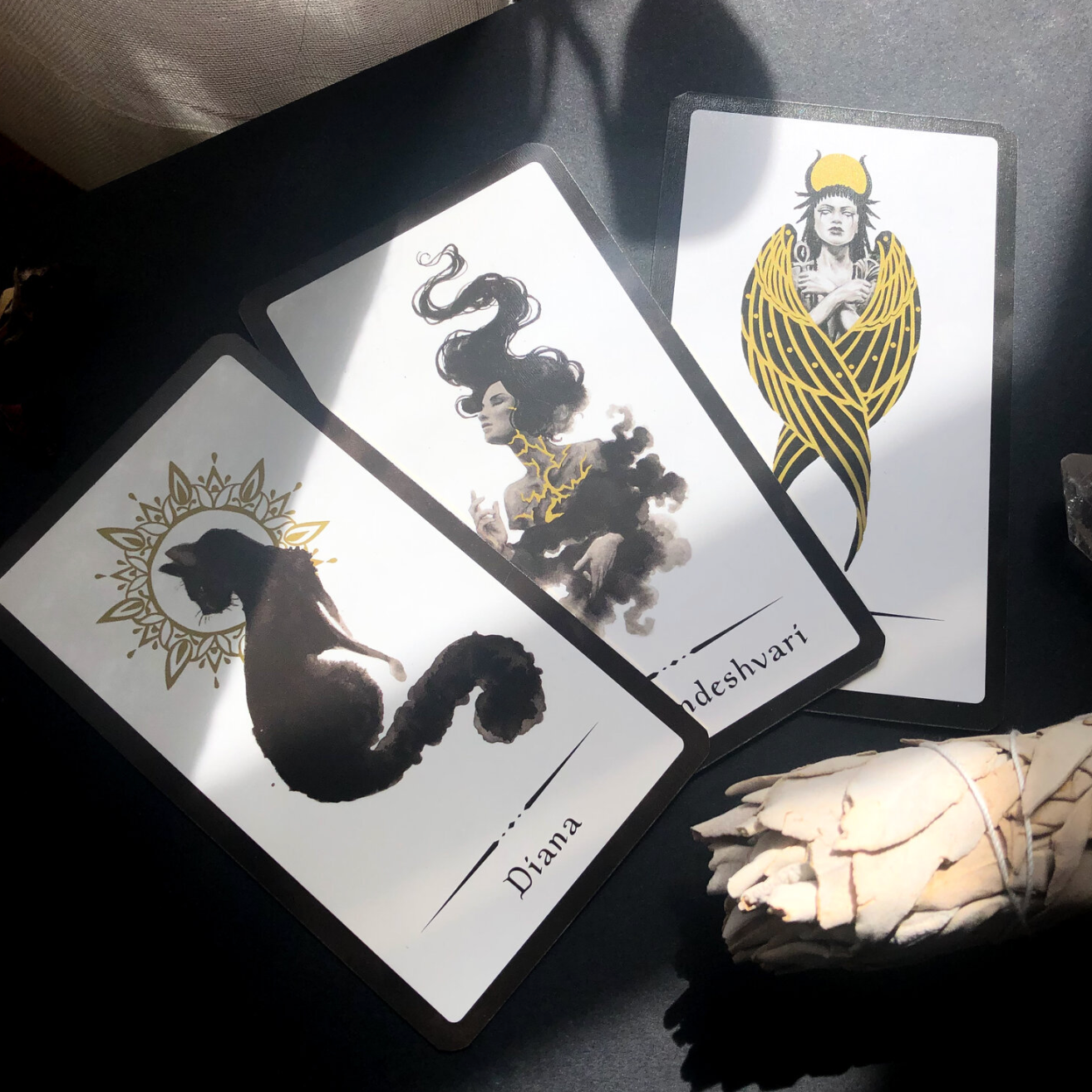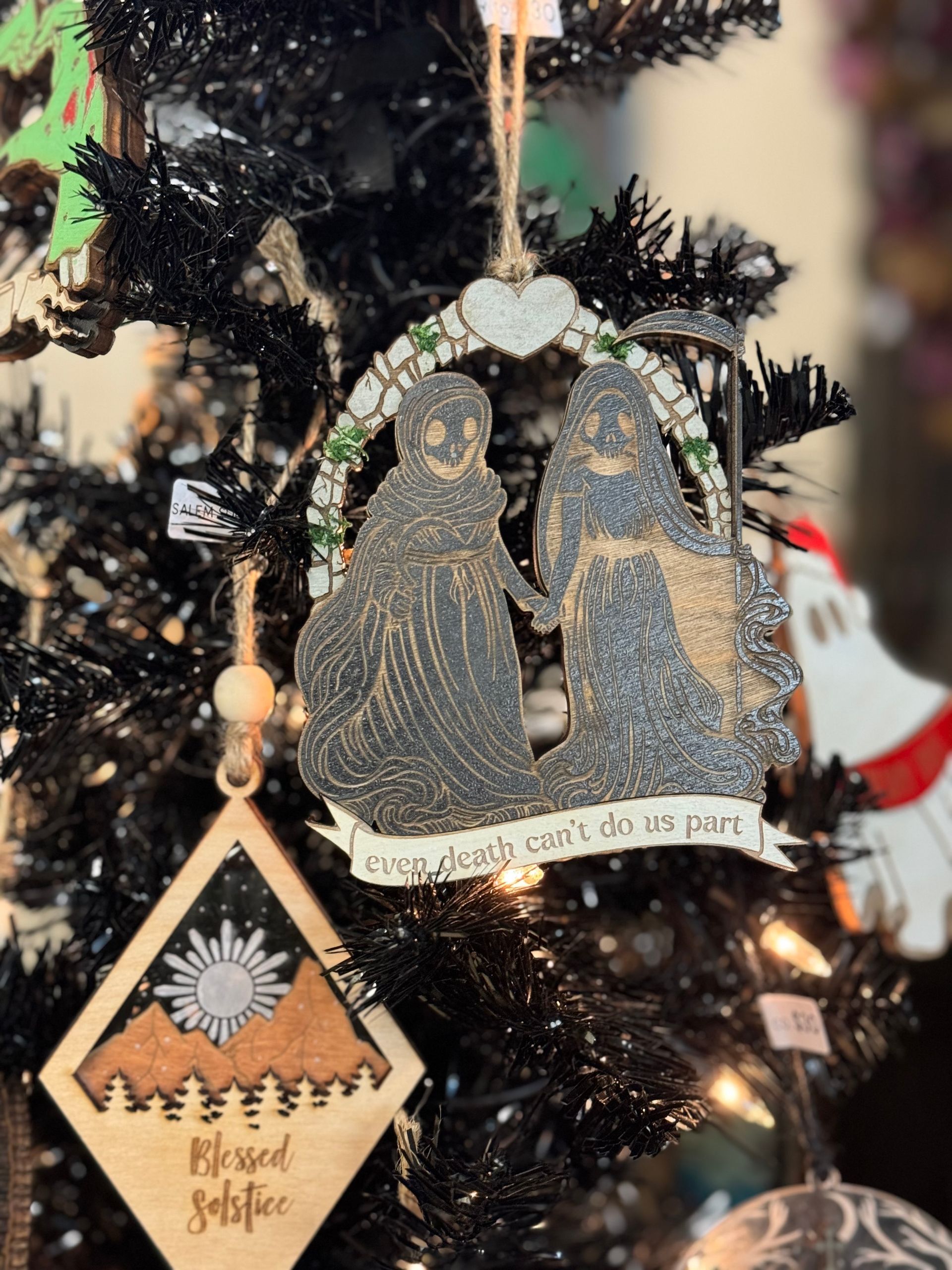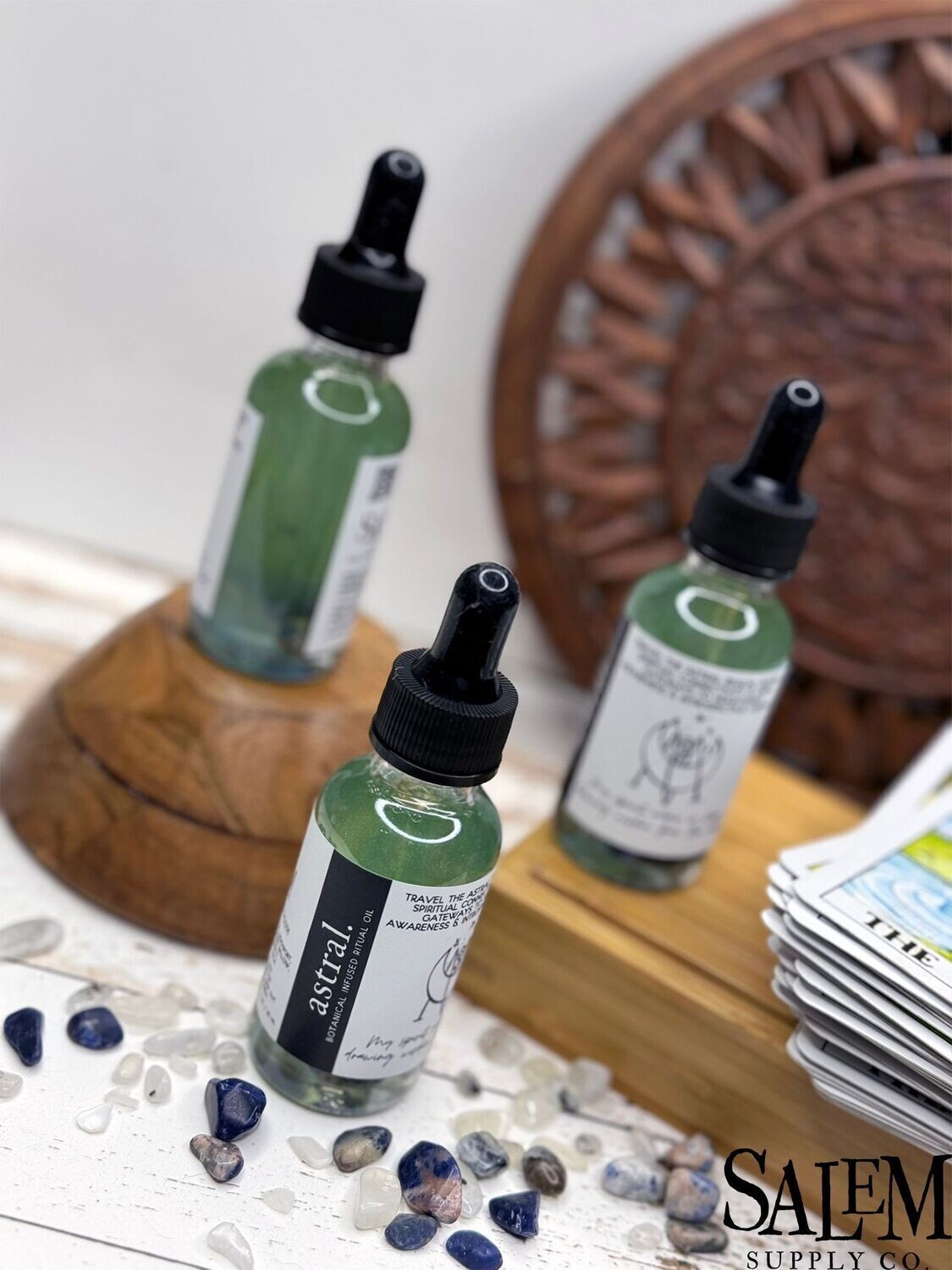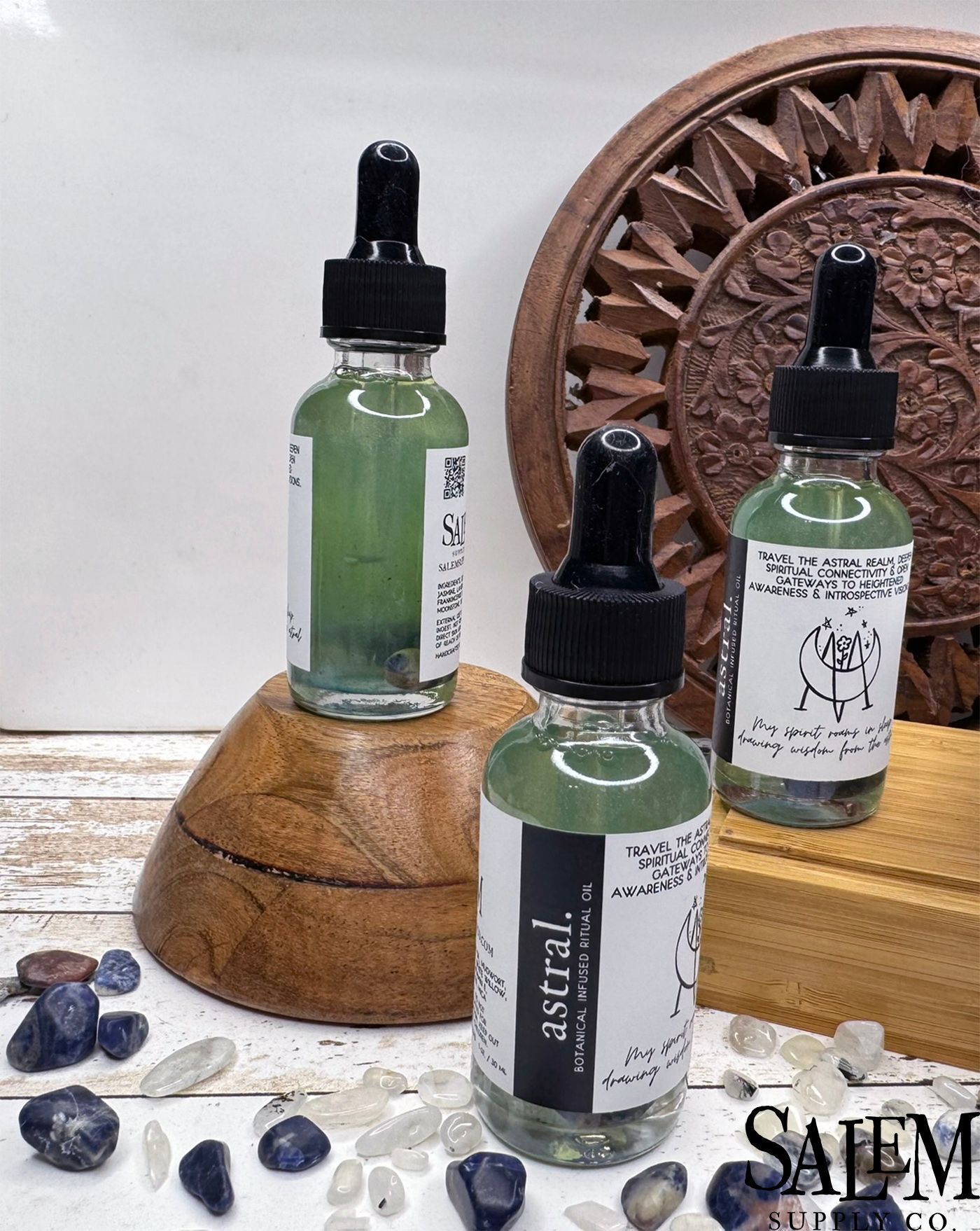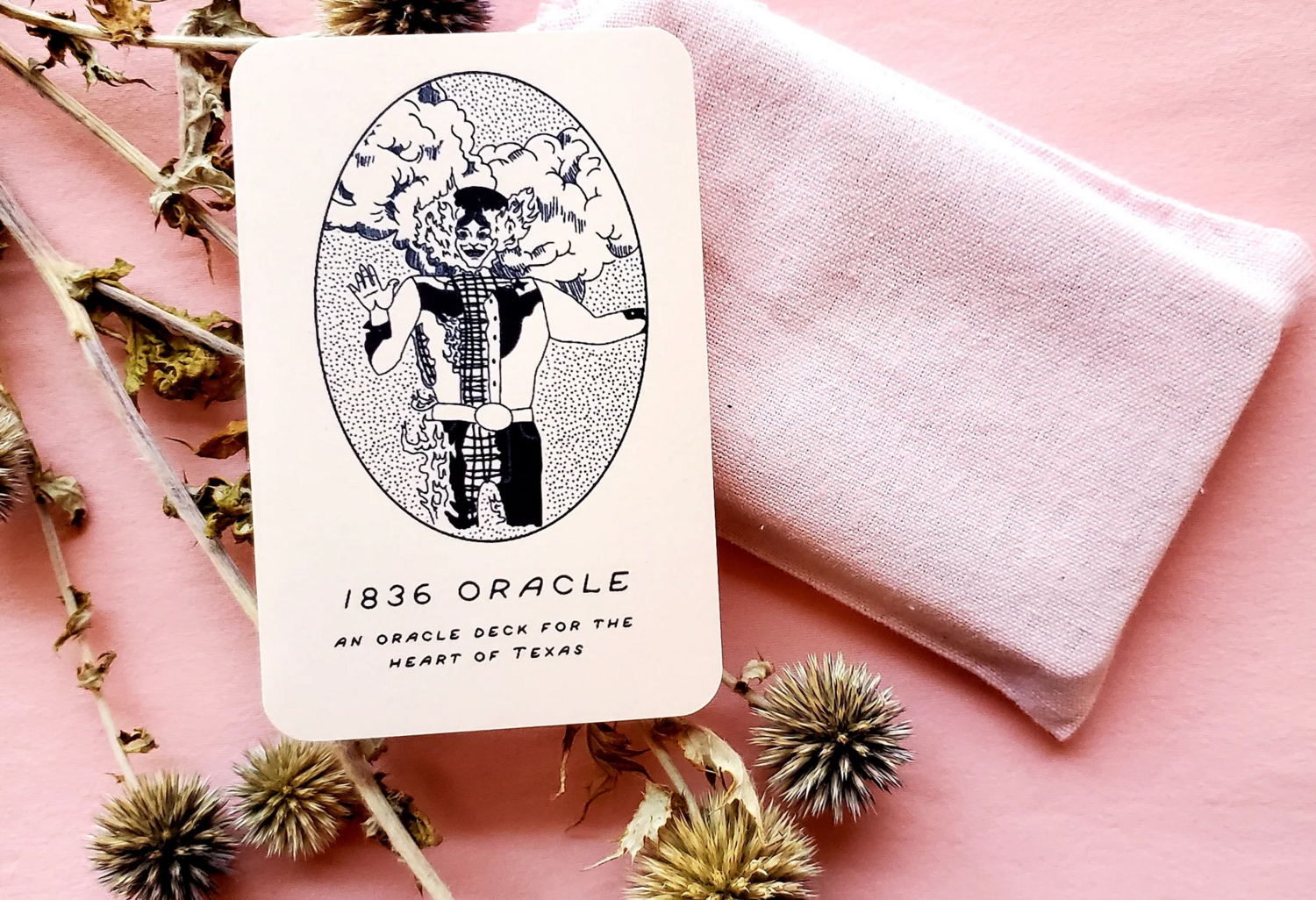Exploring Peony Root: Magic and Tradition
Botanical Name: Paeonia officinalis
Family: Paeoniaceae
Usage: Medicinal, Attraction Spells
Folk Names: Common Peony, Garden Peony
Associated Deities: Paean, Aphrodite
Planetary Correspondence: Venus
Zodiac Correspondence: Taurus, Libra
Chakra: Heart Chakra
Origins and Global Growth
Historically, the Peony Root has its roots (quite literally!) in ancient China, where it was first cultivated for its medicinal qualities. Known as 'Sho Yo' in Chinese, it was highly prized for its ability to alleviate pain and bolster health.
The flower then made its way across the Asian continent, finding a second home in Japan, where it became synonymous with wealth and honor. In Europe, the Peony journeyed along the Silk Road, emerging as a beloved fixture in medieval monastery gardens, valued both for its beauty and its healing properties.
As time progressed, the cultivation of Peony spread to North America, brought over by settlers who admired its ornamental and medicinal virtues. Today, Peony Root thrives in temperate regions across the globe, continuing to be a staple in both herbal medicine and decorative gardens.
Traditional Uses and Practices
In traditional practices, Peony Root has been much more than a mere floral delight. In Eastern medicine, especially in China, it has been a cornerstone in treating various ailments, from menstrual cramps to convulsions. The root's purported cooling properties made it a go-to remedy for balancing the body's energies.
In Western folklore, Peony Root was enveloped in a shroud of mystical attributes. It was believed to ward off evil spirits and protect against misfortune. Homes and gardens often featured Peonies as protectors against the unseen. In Greek mythology, the Peony is linked to Paean, a student of Asclepius, the god of medicine. According to legend, Paean used the Peony for healing, which led to its namesake.
Throughout its history, the Peony has been a symbol of various virtues, from elegance and wealth to protection and healing. Its journey across continents and through centuries has seen it transform from a simple garden bloom into a symbol of enduring legacy and versatile utility.
As we delve deeper into the modern uses and magical associations of Peony Root, it's clear that this plant's story is as rich and multifaceted as its vibrant blooms and deeply nourished roots.
Growing Your Own Peony Root
Growing and harvesting Peony Root can be a gratifying experience for witches, allowing your to have an even closer relationship with the plant you will later use in spells and ritual.
Growing Peonies
- Choosing the Right Spot: Peonies thrive in temperate climates and require well-draining soil. Choose a spot in your garden that receives full to partial sunlight. While Peonies can tolerate some shade, they bloom best with ample sunlight.
- Planting: The best time to plant Peony roots is in the fall. Plant them about 2 inches deep in the soil, ensuring that the eyes (small red buds) are facing upwards. Space the plants about 3-4 feet apart, as they need room to grow and flourish.
- Watering and Care: Water your Peonies regularly, especially during dry spells. However, be careful not to overwater, as this can lead to root rot. Adding a layer of mulch can help retain moisture and keep the roots cool.
- Fertilizing: Use a balanced, all-purpose fertilizer in the spring as the plants start to grow. Avoid over-fertilizing, as too much can hinder flower production.
Harvesting Peony Roots
- Timing: The roots of the Peony are typically harvested in the fall, about 3-4 years after planting, when the plant has matured and the roots have developed fully.
- Digging Up the Roots: Carefully dig around the plant, loosening the soil. Gently lift the root ball from the ground, taking care not to damage the roots.
- Cleaning and Preparing: Rinse the roots to remove soil, then pat them dry. Trim off any dead or damaged parts. For medicinal use, the roots can be sliced and dried for storage.
- Drying: Lay the root slices in a well-ventilated, dry area away from direct sunlight. Once they're completely dried, store them in a cool, dark place in an airtight container.
Guidelines for safely Using Peony Root
We do not advocate ingesting any plant without talking to a trained herbalist and your healthecare provider, therefor our safety warnings do not include anything that pertains to ingesting Peony Root. We do however recommend the following guidelines in regards to safely handling and growing peonies:
- Skin Sensitivity: Some individuals may experience skin irritation when handling Peony plants, including the roots. If you have sensitive skin or are prone to plant allergies, it's advisable to wear gloves when gardening or handling the plant to prevent any potential skin irritation.
- Toxicity to Pets: While Peony Root is not typically considered highly toxic, it can be harmful if ingested by pets. The plant contains compounds that can cause gastrointestinal upset in animals. If you have pets, especially dogs or cats that tend to dig or chew on garden plants, it's essential to ensure they don't have access to Peonies.
- Garden Pests: Peonies can attract certain garden pests, such as ants, which are drawn to the nectar that the buds secrete. While ants don't typically harm the plant, their presence can be unwelcome. In some cases, excessive ant activity can lead to secondary pest infestations or fungal problems.
- Mold and Mildew: Peonies, especially when planted too closely together or in poorly ventilated areas, can be susceptible to mold and mildew. It’s important to space plants appropriately and ensure good air circulation to prevent these issues.
- Children's Safety: As with many garden plants, it's a good practice to teach children not to ingest any part of the plant. While not highly toxic, consuming Peony parts in significant quantities may cause stomach upset.
By being mindful of these points, you can enjoy the beauty and benefits of Peony Root in your garden or home while ensuring safety for yourself, your family, and pets.
Using Peony Root in Spells and Rituals
Building on our understanding of Peony Root's celestial correspondences, let's now explore how to practically apply this knowledge in various rituals and spells.
- Love and Attraction Spells: Peony Root is often used in love rituals due to its Venusian association, believed to attract love and enhance romantic endeavors by opening the heart to new possibilities and deepening existing connections.
- Protection Spells: Known for its safeguarding properties, Peony Root can be incorporated into protective spells to shield against negative energies, creating a barrier that fosters safety and security.
- Healing Rituals: Given its historical use in traditional medicine, Peony Root is a popular choice in healing rituals, aiding in emotional balance and physical wellness, and is especially favored for nurturing the heart and mind.
- Prosperity and Abundance Rituals: Its connection to Venus also makes Peony Root suitable for prosperity rituals, where it’s believed to attract abundance and encourage a bountiful mindset.
- Beauty Enhancements: In spells or rituals for beauty and self-appreciation, Peony Root is used to harness Venus’s energy, promoting inner and outer beauty and helping individuals embrace their unique charm.
- Harmony and Peace Rituals: Peony Root can be included in rituals aimed at creating harmony and peace, especially in the home or among family members, reflecting its ability to soothe and balance emotional energies.
UNDERSTANDING PEONY ROOT'S ELEMENTAL CONNECTION
Peony Root deeply resonates with the Earth element, embodying stability, nourishment, and grounding. This connection to Earth is evident not only in its robust growth, as it anchors into the soil, but also in its metaphysical properties. It symbolizes the grounding force of nature, offering balance, stability, and a nurturing presence in both herbal and spiritual practices.
In rituals and spells, Peony Root is often utilized to invoke Earth’s qualities of fertility, abundance, and harmony. Its grounding energy is particularly effective for practices aimed at stabilizing life’s rhythms, nurturing growth, and fostering a harmonious connection with the natural world. Whether used for physical healing or spiritual centering, Peony Root aligns with the Earth's supportive and balancing energies, making it a potent ally in a myriad of practices.
PEONY ROOT AND THE COSMOS: EXPLORING CELESTIAL LINKS
- Planetary Correspondence: Peony Root aligns with Venus, symbolizing its connection with love, beauty, and relational harmony, resonating with the nurturing and affectionate energies of this planet.
- Chakra: The root's energies are closely linked with the Heart Chakra, emphasizing its role in emotional healing, fostering love, compassion, and emotional balance.
- Zodiac Correspondence: While not strongly tied to a specific zodiac sign, Peony Root harmonizes with Venus-ruled Taurus and Libra, complementing their themes of beauty, balance, and interpersonal harmony.
- Deities: In mythology, Peony Root is connected to Paean, the Greek physician to the gods, and is also associated with Aphrodite, the goddess of love and beauty, reflecting its use in love and beauty spells.
MAGICAL SUBSTITUTES FOR PEONY ROOT
While Peony Root is a powerful herb in its own right, there may be times when it's not readily available. In such cases, let's explore some effective alternatives that can offer similar benefits in magical and healing practices.
- Red Clover (Trifolium pratense): Known for its protective and love-attracting properties, Red Clover can be a suitable substitute in rituals and spells where Peony Root is used for protection and harmony. It’s also used in traditional medicine for similar women's health issues.
- Rose (Rosa spp.): For practices focusing on love, beauty, and emotional healing, roses can be an effective alternative. Rose petals, in particular, resonate with heart-centered energy, making them a great substitute in love spells or rituals for emotional harmony.
- Angelica Root (Angelica archangelica): In protective and healing practices, Angelica Root is a powerful ally. It’s often used in herbalism for its health benefits, which are somewhat parallel to those of Peony Root, and in spiritual practices for protection.
- White Willow Bark (Salix alba): If you’re using Peony Root for its pain-relieving properties, White Willow Bark can be a good alternative. It’s been used historically for pain relief and has properties that are helpful in easing physical discomfort.
- Lavender (Lavandula spp.): For bringing a sense of calm and tranquility, Lavender is a wonderful alternative. Its soothing aroma and energy make it perfect for rituals focused on harmony and peace, similar to some uses of Peony Root.
Each of these alternatives offers its own unique set of qualities, but they can often be used in similar ways as Peony Root, whether in herbal preparations, spiritual practices, or household uses.
When substituting herbs, always consider the specific purpose of your practice and how the alternative herb aligns with those intentions.
CREATING A PEONY ROOT SACHET FOR PROTECTION AND DOMESTIC HARMONY
Let's create a Peony Root sachet! This sachet is perfect to place in your home or carry with your for protection and to promote domestic harmony.
What You'll Need:
- Dried Peony Root (chopped or powdered)
- A small piece of rose quartz (for harmony and love)
- A white or pink sachet bag or a piece of cloth and ribbon
- Lavender or rose petals (for peace and positive energy)
- A small piece of paper and a pen
Steps:
- Set Your Intentions: Begin by grounding yourself. Take deep breaths and center your thoughts. Focus on your intention for protection and harmony.
- Prepare the Sachet: Open your sachet bag or lay out your piece of cloth. If you’re using a piece of cloth, you’ll later gather the corners and tie it with a ribbon to form a pouch.
- Combine Ingredients: On the paper, write your intention or a personal mantra that resonates with your goal for protection and harmony. Fold the paper and place it in the sachet. Add the dried Peony Root, rose quartz, and lavender or rose petals.
- Seal and Energize the Sachet: As you tie the sachet bag or ribbon, visualize your intentions being sealed within. Hold the sachet in your hands and imagine a protective and harmonious energy surrounding it, infusing it with your intention.
- Place or Carry the Sachet: You can place the sachet in a specific area of your home where you want to cultivate protection and harmony. Alternatively, carry it with you in your bag or pocket as a personal talisman.
- Maintain the Sachet: Every so often, hold the sachet, re-energizing it with your intentions. When you feel it’s time, you can release the contents back to nature and create a new sachet if needed.
This simple ritual harnesses the protective and harmonizing qualities of Peony Root, combined with the energies of rose quartz and aromatic herbs, creating a gentle yet powerful tool to enhance your environment and well-being.
DISCLAIMER:
The information presented in this blog post is for educational and entertainment purposes only. While we strive to provide accurate information about the historical and folklore-based uses of herbs, the content is not intended to be a substitute for professional medical advice, diagnosis, or treatment.
Always seek the advice of your physician or other qualified healthcare provider with any questions you may have regarding a medical condition, and before undertaking any diet, exercise, or other health-related programs.
You are solely responsible for your own health. Herbal medicine is a vast and complex field, and, like conventional medicine, must be used responsibly. People's reactions to herbs can vary, and some herbs may be contraindicated with certain pharmaceutical drugs. Additionally, some herbs, which are beneficial in their proper context, may be confused with harmful and/or deadly substances.
If you are pregnant, nursing, taking medication, or have a known medical condition, consult your healthcare provider before using herbal remedies.
NOTE ON MAGICAL USE:
The magical uses and correspondences listed in our blog posts are based on historical folklore and/or our opinions. They are provided for entertainment purposes and are not guaranteed to offer any specific outcomes. Exercise discernment and remember, magic is a personal practice.
SHARE

